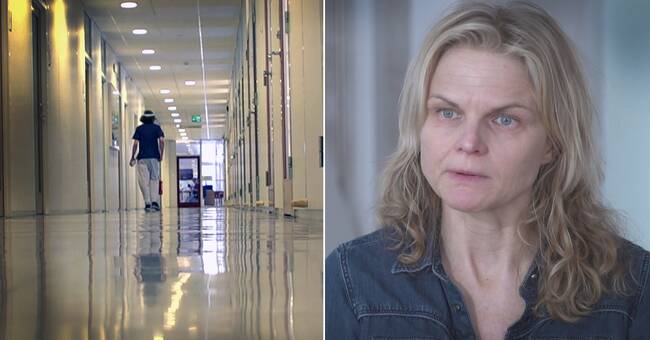The new report from the Center for Epidemiology and Community Medicine shows that there were slightly more people receiving care for mental illness in the Stockholm region from March to September 2020, compared with the same period in 2019.
Difference in age groups
According to the report, there was an increase among children and young people aged 0–17 in primary care, but also to some extent among people aged 18–69.
Among people aged 70+, the consumption of care for mental illness decreased somewhat, both in primary care and specialist care.
Hear Anna Ohlis, chief physician at the Center for Epidemiology and Community Medicine, tell us what it may be due to in the video.
Need more knowledge
The report has looked at how people sought care for mental illness and not how people generally feel.
Anna Ohlis thinks that more knowledge is needed to be able to see a better overall picture.
- We will need to continue to follow this.
I think the consequences on the mental health of the pandemic will probably come a little later, with unemployment, stress about the economy and uncertainty about the future.
Then we also need to map not only how people seek care but also how people feel.

